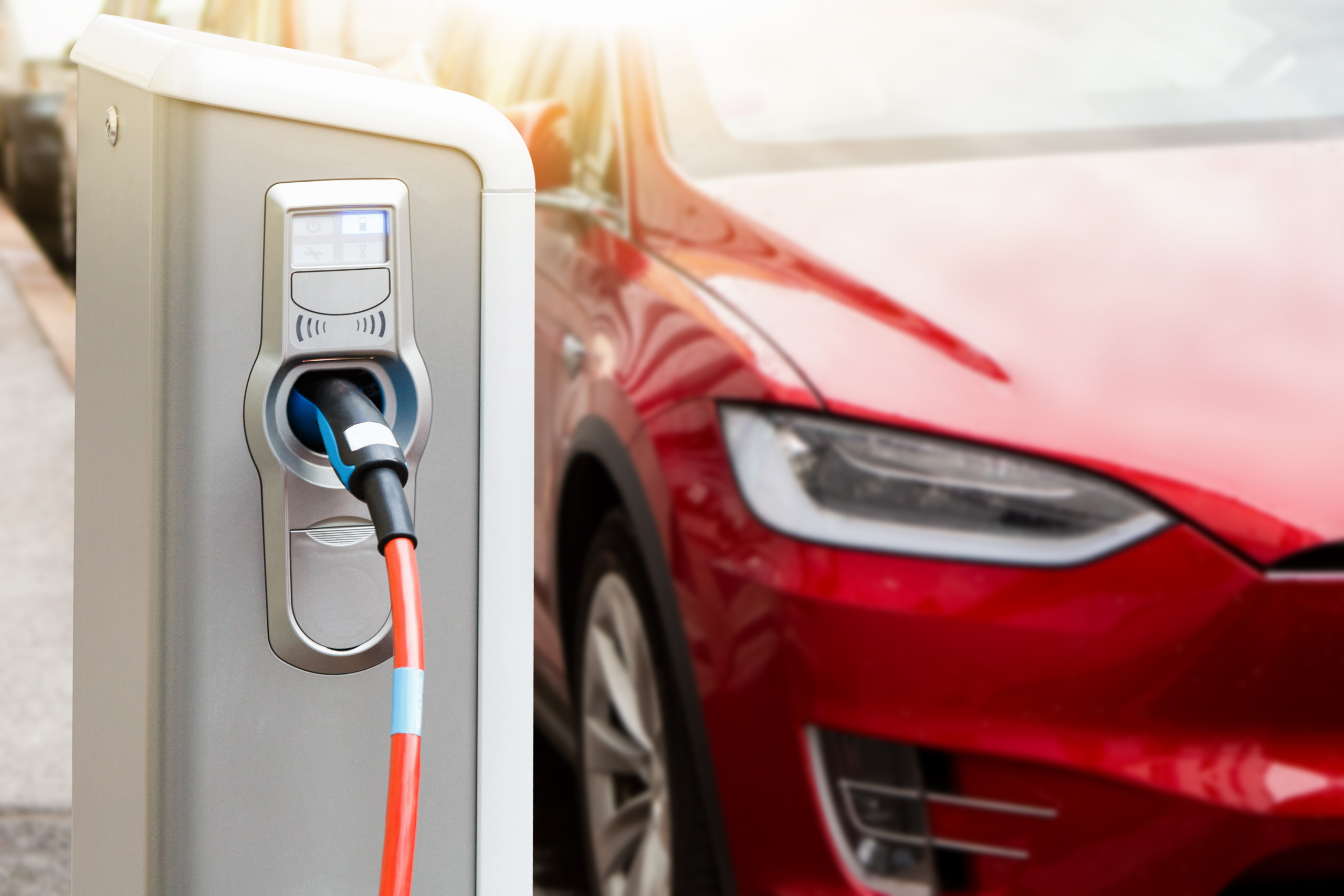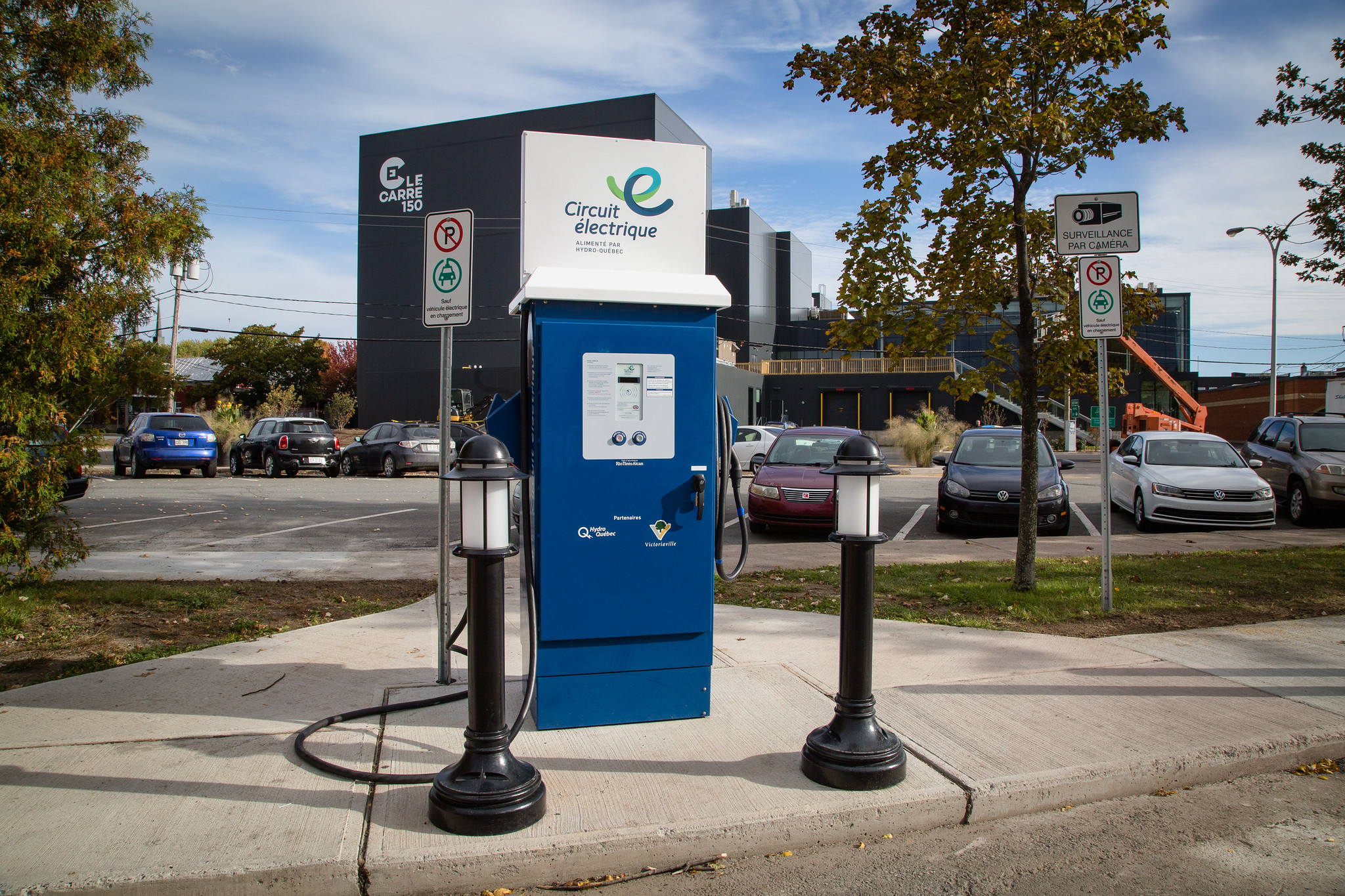
The Hummer EV: Titanic achievement or disaster in the making?
“Electrifying everything” at the same time that “everything” is getting bigger, heavier, more energy intensive and more wasteful is a recipe for endless technological tail-chasing. It makes the job of decarbonizing the economy that much harder.
“WORLD’S LARGEST METAPHOR HITS ICE-BERG”
When the Onion published its retrospective take on the key events of the 20th century, its story on the sinking of the Titanic poked fun at the event’s status as a catch-all metaphor for humanity’s hubris.
“Titanic struck by icy representation of nature’s supremacy STOP” read a supposed telegram from an approaching rescue ship. “Insufficient lifeboats due to pompous certainty in man’s infallibility STOP Microcosm of larger society STOP.”
The announcement last week of the launch of another gigantic vehicle – this one land-based – seemed similarly laden with metaphorical significance.
Billed as “the world’s first all-electric supertruck,” the new General Motors Hummer electric vehicle is an ironic reboot of a brand once synonymous with indiscriminate gas-guzzling.
The Hummer EV is certainly greener than its predecessor. But is it any less hubristic?
Your answer probably depends on whether you believe that “electrify everything” is a sufficient solution to the climate crisis.
From the electrify everything perspective, the Hummer EV is a triumph. It has been the case for at least two decades that electric vehicles could do almost everything we expect our cars to do on a daily basis – mainly, get us back and forth from our schools, homes and jobs. But one of the things that has kept EVs from achieving broad adoption (aside from, critically, the antipathy of most automakers toward making and selling them) is the challenge posed by edge cases.
What about that annual road trip to visit grandma? What about towing? What about if I get stuck in traffic away from a charger? Can an EV meet my needs then?
The existence of an ELECTRIC HUMMER[1] pretty much blows the edge cases out of the water. I mean, if one of the biggest, most flamboyantly macho vehicles in history can be powered by batteries – and deliver an expected 350-mile travel range – what can’t? And if the power for those batteries comes from increasingly abundant wind and solar power, what’s the problem?
The problem of course is that the damage done by the Hummer doesn’t stop at the emissions coming from its now-nonexistent tailpipe.
While General Motors hasn’t released an estimated curb weight for the Hummer, it’s almost certain to be massive. The batteries, steel and rubber for the vehicle will need to come from somewhere – and likely require prodigious amounts of energy to produce. “Embodied” emissions from manufacturing are a non-trivial share of a vehicle’s lifetime carbon footprint, and are somewhat higher for electric vehicles than conventional ones. While electric vehicles are far cleaner than conventional ones over their entire lifetimes (virtually regardless of where in America you live), the energy and materials demand of a Hummer is certain to be greater than that of a smaller vehicle – causing corresponding environmental impacts up and down the line.
The EV Hummer is also likely to throw all of its extra weight around on our streets. The supersizing of the American vehicle over the last several years has made our streets increasingly dangerous and forbidding places for people on foot and on bikes – not to mention the drivers of smaller cars who increasingly share the roads with a fleet of giant rolling sledgehammers seemingly poised to crush them in a crash. If the introduction of one more massive – if electric – vehicle to our roads forces others to buy a car, or buy a larger and more carbon-intensive one, what is really gained?
“Electrifying everything” at the same time that “everything” is getting bigger, heavier, more energy intensive and more wasteful is a recipe for endless technological tail-chasing. It makes the job of decarbonizing the economy that much harder. And it fails to recognize the many other ways that our current “everything” fails to fulfill our hopes and dreams, even as it destroys our climate.
So, when considering the EV Hummer, perhaps we can aspire to hold two thoughts in our heads at the same time. The existence of an electric Hummer should give us confidence that we could repower our current wasteful and energy-guzzling transportation system with technologies like EVs if we chose to do so. And, at the same time, it should remind us that there are much better choices available.
The Hummer EV is – like the Titanic a century earlier – a symbol of both astounding engineering and incredible hubris. Let’s hope as we work to untangle the climate crisis that we can find ways to take advantage of the former without giving into the latter.
Topics
Authors
Tony Dutzik
Associate Director and Senior Policy Analyst, Frontier Group
Tony Dutzik is associate director and senior policy analyst with Frontier Group. His research and ideas on climate, energy and transportation policy have helped shape public policy debates across the U.S., and have earned coverage in media outlets from the New York Times to National Public Radio. A former journalist, Tony lives and works in Boston.
Find Out More

Automakers could have learned to build EVs. They paid Tesla to do it instead.

The auto industry has a sustainability problem. And it’s not just about the environment.

Totally wired: How Quebec became a leader in electric vehicle charging

